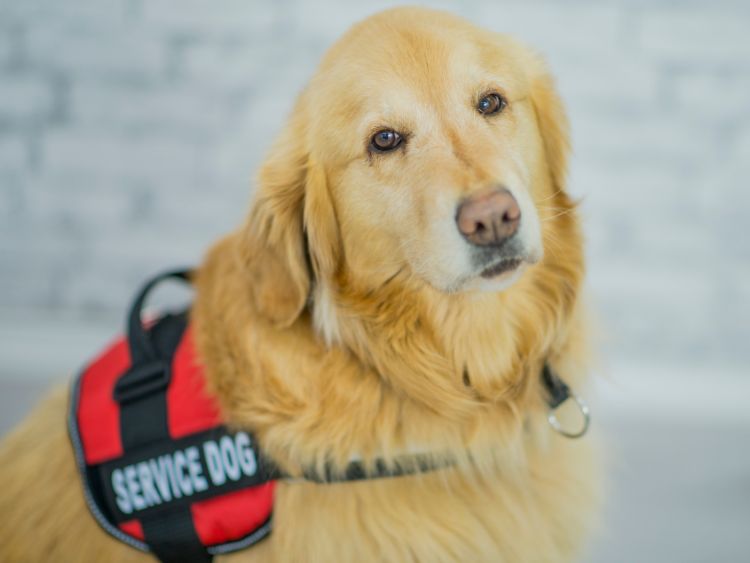Ah, the joy of owning a dog! It’s like having a bundle of love wrapped in fur, isn’t it? But let’s face it, even the most angelic pups can sometimes act like they’re auditioning for a role in “The Great Escape.” That’s where dog obedience collars come in – not as villains in our story, but as heroes, helping us guide our furry friends towards safer and more sociable behaviors. So, buckle up (or should we say, collar up?) as we dive deep into the world of dog obedience collars, exploring their types, benefits, and how to use them effectively.
Why Consider Dog Obedience Collars?
Ever watched your dog chase a squirrel and thought, “Yikes, I wish I had more control”? Well, you’re not alone. Dog obedience collars are designed to grab your dog’s attention, steering them away from mischief and towards good behavior. They’re not about punishment but about communication and safety. Here’s why they’re worth considering:
- Enhanced Training Efficiency: These collars can make training sessions more effective and shorter in duration.
- Safety: They keep your dog safe by preventing them from running into dangerous situations.
- Better Communication: Helps bridge the understanding gap between you and your furry pal.
Types of Dog Obedience Collars
Dog obedience collars come in various shapes and sizes, each with its unique purpose. Here’s a rundown:
- Traditional Collars: Great for basic training and walks.
- Martingale Collars: Ideal for dogs that tend to slip out of their collars.
- Shock Collars: Use a mild electric shock to get your dog’s attention (controversial but effective when used responsibly).
- Vibration Collars: A more humane alternative to shock collars, using vibration to communicate.
- Citronella Spray Collars: Emit a burst of citronella spray to deter unwanted behavior, playing on the dog’s sense of smell.
How to Use Dog Obedience Collars Effectively
Using dog obedience collars requires a blend of patience, consistency, and understanding. Here’s how to get started:
- Choose the Right Collar: Match the collar type to your dog’s size, breed, and training needs.
- Start with Positive Reinforcement: Always begin with rewards and praise to encourage good behavior.
- Gradual Introduction: Let your dog get used to the collar before starting any serious training.
- Consistent Commands: Use clear and consistent commands to avoid confusing your dog.
- Monitor for Discomfort: Keep an eye out for any signs of discomfort or distress.
FAQs
Q: Are dog obedience collars safe? A: Absolutely, when used correctly. It’s crucial to follow manufacturer instructions and consult with a professional trainer.
Q: Can all dogs use these collars? A: Most can, but it’s essential to choose the right type and size for your dog’s breed and temperament.
Q: How long does it take to see results? A: Patience is key. Some dogs respond quickly, while others may need more time. Consistency is critical.
Summary
Well, there you have it – a deep dive into the world of dog obedience collars. These tools aren’t about asserting dominance but about fostering a loving and understanding relationship with your furry best friend. By choosing the right type, using it effectively, and combining it with lots of love and patience, you’re setting the stage for a beautifully behaved companion. Remember, the goal is a happy, safe, and sociable pup, and with the right approach, dog obedience collars can help you get there. So, here’s to happy training and even happier walks in the park!

